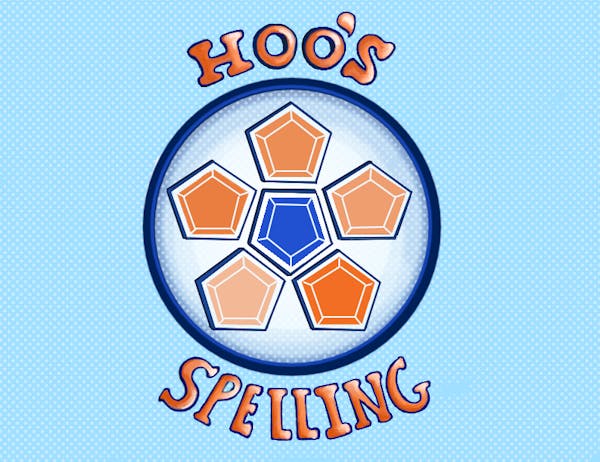Meal exchanges are a sham. I know I am not the first Opinion columnist to write about the imperfections of the University’s meal plans, nor will I be the last. Fellow columnist Bobby Doyle wrote an article several weeks ago arguing if the University were to make meal plans more customizable, more upperclassmen students would sign up for one and the University would, in turn, maximize its profit. This is an intriguing idea, yet there is another way: eliminating meal exchanges (i.e., those at Pavilion XI — known as the Pav — as well as Crossroads, the Castle, etc.).
Currently, upperclassmen have the ability to purchase 100 and 50 swipe meals plans, which come with 400 and 350 plus dollars, and cost a total of $1,325 and $860, respectively. With plus dollars out of the equation, each individual meal swipe respectively costs $9.25 and $10.20. When students swipe into a dining hall, such as Newcomb or Runk, they are bound to get their money’s worth. With various options for food and drink available, students can easily eat around $10 worth of nutrients, and, in many cases, might actually be eating more than that. However, the same certainly could not be said for meal exchanges at aforementioned venues such as the Pav or Crossroads.
At the Pav, for instance, students can use a meal exchange between 4 and 8 p.m. from Monday through Thursday, where they can receive a Chik-fil-A sandwich with fries and a drink, or a six inch ham, cold-cut, turkey or BLT sub from Subway with chips and a drink. While I am pleased to see that the University remedied the outdated Pav options of previous years, meal exchanges continue to give students their due share of food and deters them from buying meal plans, which is still quite troubling. Students are constantly being cheated by this system because they are paying several dollars more per meal than they would be were the meal exchange option not in place. For instance, a spicy chicken deluxe sandwich meal, the most expensive option covered by meal exchanges, costs around $7.15 including tax. Likewise, Subway’s most expensive option covered by the meal plan is the 6 inch sub meal, costs even less: around $6.50 including tax.
If a student with 100 meal exchanges were to hypothetically use them all at Chick-fil-A or Subway, then over the course of the semester, he would lose $210 or $275, respectively, to the University. Similarly, if a student with 50 meal exchanges were to use them all at these same two restaurants, he would lose $152.50 and $185, respectively.
The University justifies these economic losses by the convenience of meal swipes and a chance to eat at these big-name restaurants. Yet, I know from a personal perspective that I spend my 50 swipes almost exclusively at dining halls since I know it is there where I am guaranteed to receive $10.20 worth of food and the same convenience of eating on Grounds. Further, if I really felt the need to go to Subway so badly, then I would take my money to the one at Fry Spring which is both a five minute walk from my house and almost $4 cheaper than the Pav.
The idea that students should be entitled to the amount of food they pay for is almost so commonsensical a notion that it seems preposterous that it would even be an issue in the first place. While the University might have originally implemented meal exchanges in order to account for the convenience of eating on grounds and the novelty of eating at actual restaurants, the system has only served to swindle students and alienate them from purchasing meal plans. It is the prerogative for a college dining system to treat its customers — meaning, the student body — equitably and in a way that does not seek to cheat them out of hundreds of dollars. In the time being, I will be taking my business to the Corner.
Jesse Berman is an Opinion columnist for The Cavalier Daily. He can be reached at j.berman@cavalierdaily.com.






